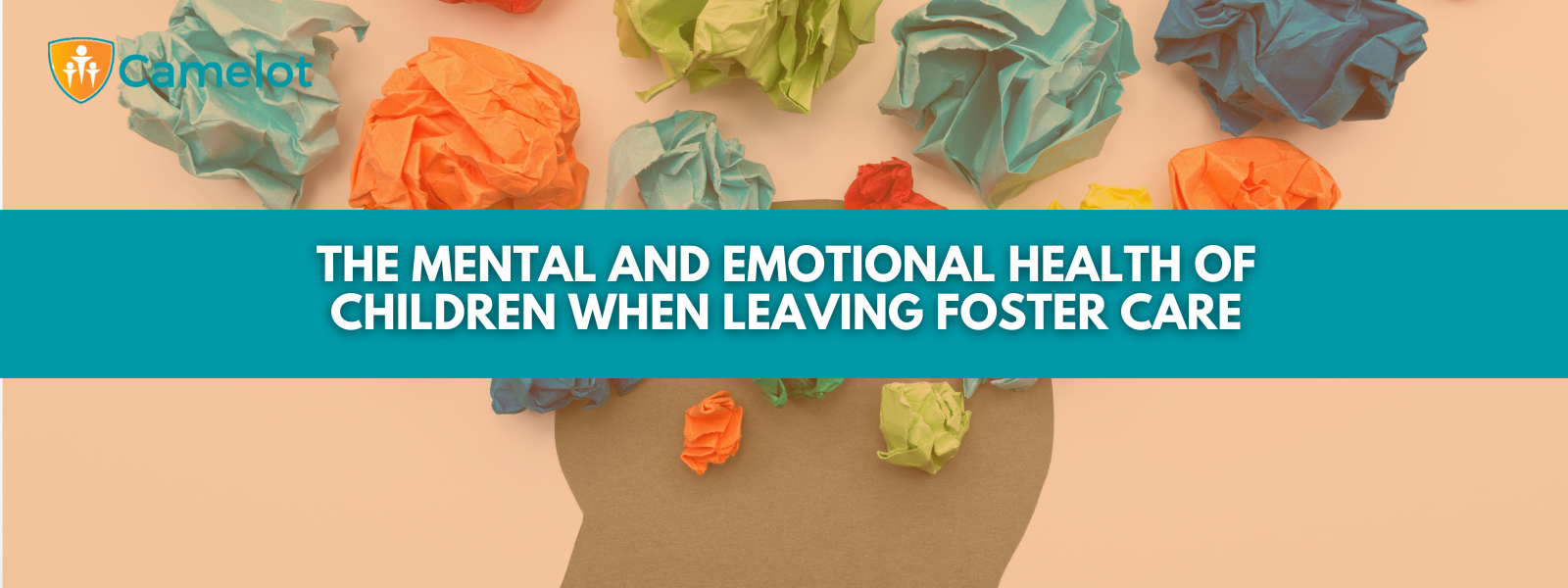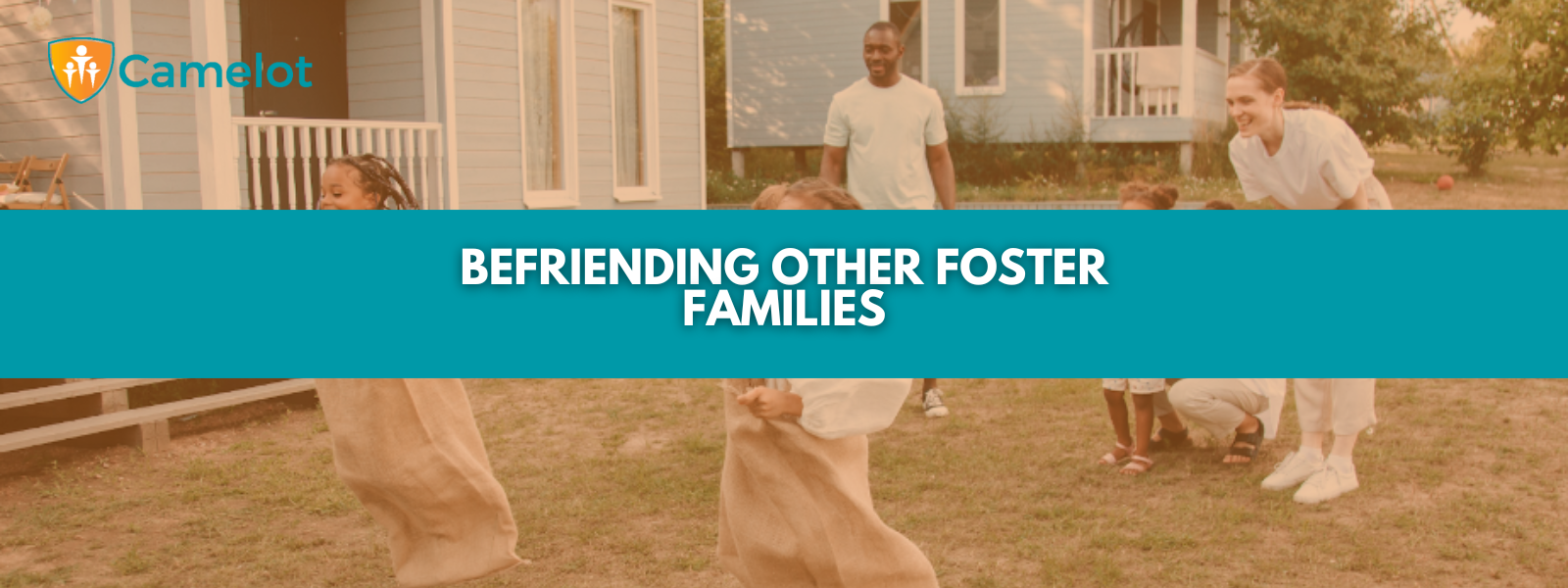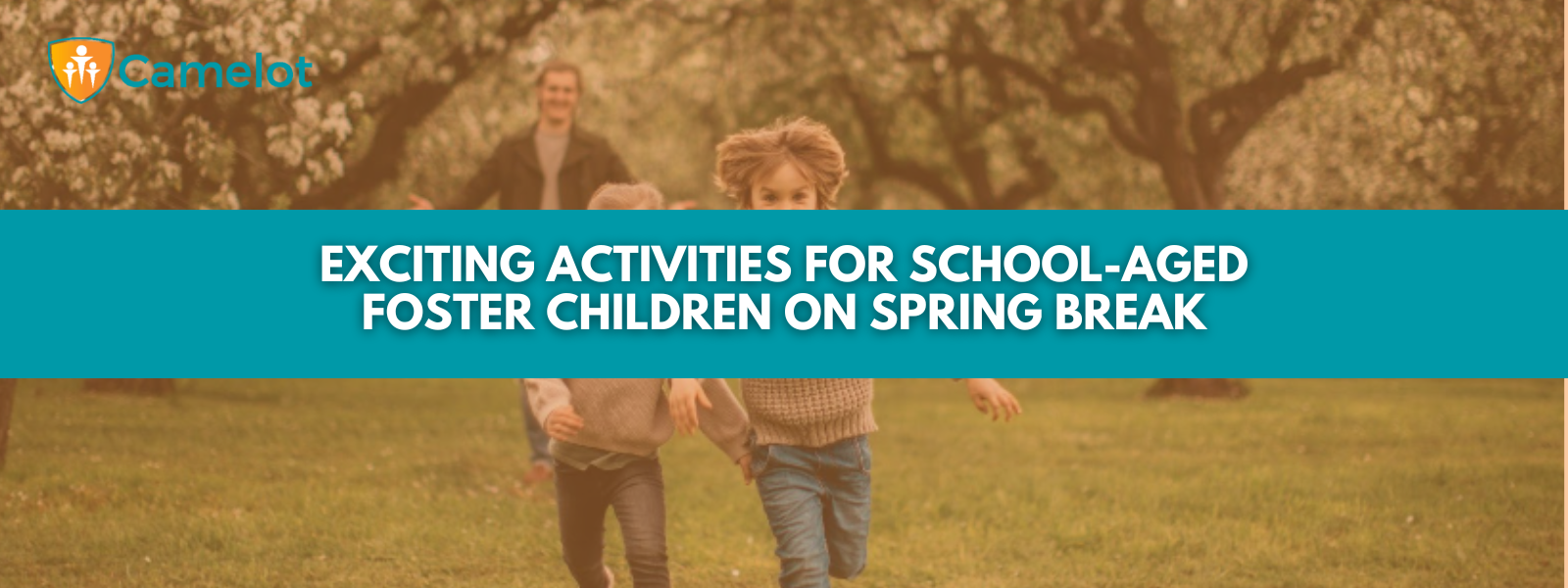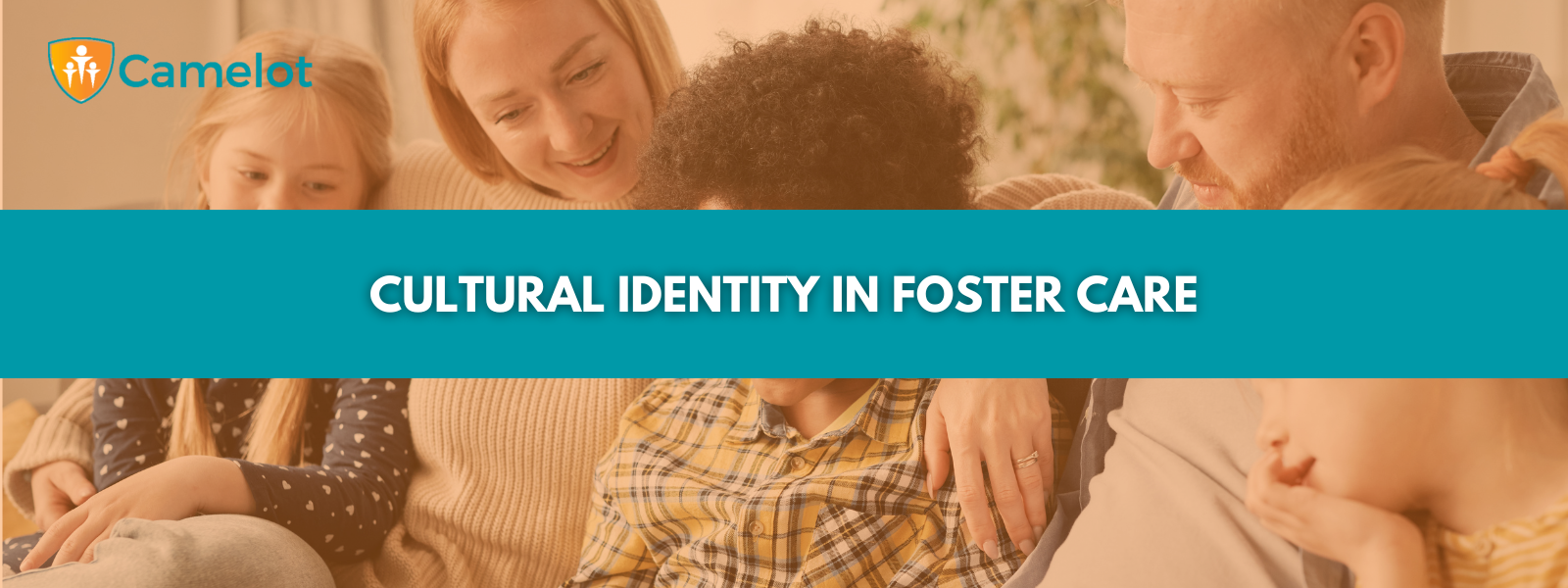The Importance of Reunification in Foster Care: Creating a Pathway to Healing and Growth
The Importance of Reunification in Foster Care: Creating a Pathway to Healing and Growth

A pivotal point of discussion for many foster parents is navigating the reunification process. The idea of creating a space for a child to meet their biological caregivers after a period of estrangement and/or a possible traumatic event can seem daunting for most. However, this is an important goal for many children in foster care, as it allows them to return to their biological families and maintain strong connections with their parents and siblings.
It is estimated that between 2011 and 2020, an average of 50 percent of children in the United States exited foster care to be reunited with a parent or primary caretaker. In this blog, we will explore the importance of reunification, what it entails for everyone involved, and ways to approach the process so as to ensure a most rewarding outcome.
What Is Reunification?
Reunification consists of the processes that lead to reconnecting a child with their biological or primary caretakers. This is true in the case of a crisis where children must be evacuated from their current location, usually a school, and safely and rejoined with their families. However, it is more widely associated with the context of children in foster care.
In the event of an emergency, reunification of students with their parents becomes a primary responsibility for schools. This can be achieved by identifying an appropriate and sizable reunification site, such as a nearby school, church or community building, and arranging for transportation. In such situations, retrieving emergency contact information, notifying families about the incident and location of their wards, maintaining accurate registers of students present, and ensuring that security, school counselors and reunification go-kits are accessible at the site are of high importance. After that, the release of children to their caregivers is just a matter of verifying their guardians’ identification and custody rights.
Reunification in the context of foster care is handled very differently, and is a planned program that is extended over a period of weeks or months, or maybe even years. Foster care is a temporary arrangement with the possibility of reunification as its desired objective.
States are required to establish a "permanency plan" for every child in foster care, which outlines where the child will live when they leave foster care. This plan may include reunification with their family, placement with a relative through kinship care, or adoption.
In this case, reunification involves more than simply returning a child to the care of their parent(s). It includes a range of services to provide support, such as keeping family connections intact during the child's stay in temporary care, creating flexible plans that respond to the family's needs, and providing ongoing help after the child returns home.
Why Is Reunification Important?
Reunification is considered the best option for children placed in foster care, and is also a more common and much likelier outcome than adoption. Reunification can have a positive impact on children and the state in the following ways:
Improvement of Feelings of Security and Stability
Reconnecting with family and maintaining contact is a crucial step in ensuring better mental wellbeing and quality of life for children who experience such displacement. Experiencing connectedness with family consistently can alleviate a child’s trauma associated with separation, and allow for improved feelings of security and stability.
Sense of Belonging and Identity
As foster care is a temporary solution, reunification is necessary in order to provide children with the option of connection not only to their biological families, but to their cultural heritage. This is also facilitated during the period of foster care, where children are consciously placed in environments that adopt their unique cultural, religious, or linguistic traditions.
Improvement of the Home Environment
Oftentimes, children are put in the foster care system as a result of an unstable home environment. This can be caused by relational conflict in the home, neglect, violence, substance abuse, financial difficulties, or other kinds of stress-inducing situations that might damage the child’s physical, mental, and emotional safety. Such issues are typically taken into consideration before, during, and after the reunification process, and special plans, counseling, and aid are granted to help tackle them. Therefore, the child returns to a safer home environment than the one they left.
Reduced Likelihood of Re-Entering the Foster System
The goal of reunification is to ensure that a child never has to return to the foster system. For this reason, plenty of time, effort, and funds are allocated to improve the home environment, safeguard the emotional wellbeing of the child, and educate the child's biological parents. These efforts ultimately result in fewer cases of re-entry into the foster care system than in the case of adoption.
Who Is Involved in the Reunification Process?
Reunification is a delicate yet rewarding process that requires a number of individuals and resources to execute successfully. The following parties play a crucial role during this process:
- Biological parents/caregivers: Reunification requires the active participation of the child's biological parents or caregivers, and they must demonstrate the ability to provide a safe and stable home environment for the child. It is highly important that children come to view their parents as reliable and trustworthy if they are to return to their care.
- Child welfare agencies: Child welfare agencies are responsible for overseeing the process of reunification and providing services to support families and help them address the underlying issues that led to the child's removal from their home. At the time of reunification, such families may be vulnerable and may require tangible resources from the agency, along with the help of service providers such as caseworkers, therapists and counselors, parent mentors, attorneys, education professionals, and medical professionals.
- Foster parents: Foster parents may be involved in the reunification process if the child was placed in their care, as they have been responsible for providing a stable environment to the child for a period of time. They may be required to maintain a positive relationship with the child’s biological family in order to support the child's transition back to their biological family. They can be of assistance during the transition by providing information about the child's likes, dislikes, and routines.
- Court systems: Court systems are involved during the reunification process because the legal system has a responsibility to ensure that children are protected and their best interests are served. In cases where children have been removed from their homes and placed in foster care, the court system is responsible for determining whether the children can be safely returned to their biological families. In order for a child to be returned to their biological family, the court system requires evidence that the family has made significant progress towards addressing the issues that led to the child's removal.
- Guardians ad litem or CASA workers: Guardians ad litem or court-appointed special advocates (CASA) workers may be involved in advocating for the best interests of the child during the reunification process. They typically work closely with the child and their family, as well as other professionals involved in the case, such as social workers and attorneys. They may also attend court hearings and provide testimony about the child's needs and what they believe would be in the child's best interests. Their ultimate goal is to ensure that the child's voice is heard and that their needs are prioritized throughout the reunification process.
Tips to Ensure a Smooth Reunification Process
- Maintain Open Communication: Communication is key during the reunification process. Keeping open lines of communication between all parties involved, including the child, foster and biological parents, social workers, and any other professionals involved, can help to ensure a successful transition.
- Stay Consistent: Consistency is important for children who have experienced instability and uncertainty in their lives. Establishing routines and clear expectations for behavior can help create a sense of stability and normalcy.
- Be Patient: Reunification is a process that takes time, and there may be setbacks along the way. Being patient and understanding of the challenges that may arise can help reduce stress and tension for everyone involved.
- Provide Support: Reunification can be a difficult and emotional time for both the child and parents. Providing emotional and practical support can help ease the transition and ensure a successful reunification.
- Use a Child-Centered Approach: Keeping the best interests of the child in mind throughout the reunification process is essential. Making decisions that prioritize the child’s safety, well-being, and long-term success can help to ensure a positive outcome.
In conclusion, reunification is a critical process for children in foster care, as it offers them the opportunity to not only return to their biological families, but also derive lifelong benefits from the same. While it can be challenging and may take time, reunification is an achievable goal that can have positive long-term outcomes for both children and their families. By involving a range of professionals and providing support and resources, families can successfully navigate the reunification process. With appropriate sensitivity and care, reunification can be a rewarding and successful experience for everyone involved.
Are you seeking assistance with navigating the foster care system in Tennessee?
Camelot Care Centers provides stellar community-based family foster care services and family counseling. We have programs built to empower you, strengthen your relationships, and support you on your journey to betterment. Get in touch through our
contact page today.





Camelot Care Centers






